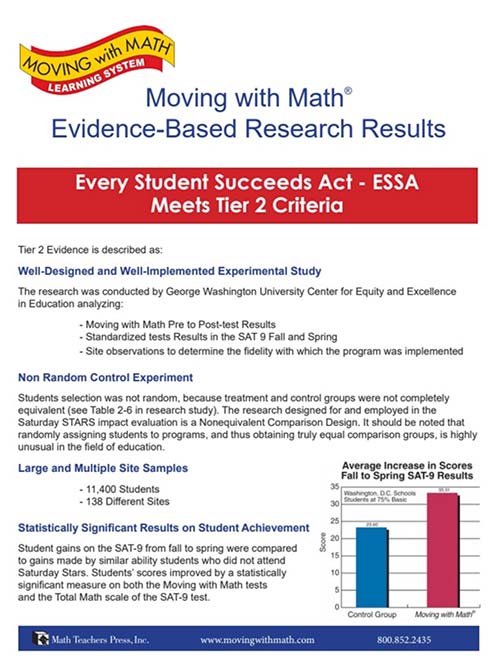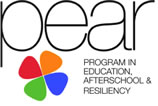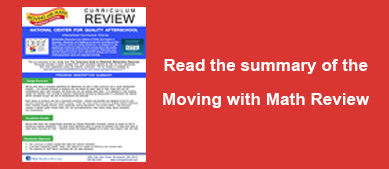 In a recent article in a December District Administration newsletter, Matt Zalaznick wrote about two strategies that were being highly touted approaches to reverse COVID learning loss by equity experts on a National Press Foundation panel. In his article he quoted several of the panel members.
In a recent article in a December District Administration newsletter, Matt Zalaznick wrote about two strategies that were being highly touted approaches to reverse COVID learning loss by equity experts on a National Press Foundation panel. In his article he quoted several of the panel members.
Achievements gaps existed long before COVID, so a return to the K-12 status quo after the pandemic could leave already struggling students farther behind. “For a lot of kids, COVID is a disaster. For a whole lot of kids, it was a disaster long before COVID,” said Katharine B. Stevens, visiting scholar at the American Enterprise Institute and author of “Still Left Behind: How America’s schools keep failing our children.” “The only way to head off an enormous catastrophe is to find a new approach,” Stevens said. Extensive national and statewide tutoring programs, and accelerated academics are two strategies that could help students recover from COVID-era learning loss.
Moving with Math was designed to be used in both of these learning settings and has proven to boost student achievement gains. After School and Summer programs using the Learning System have proven successful with struggling students in school districts across the country.
If you wish to read the full article. https://districtadministration.com/reverse-covid-learning-loss-tutoring-accelerated-academies/?eml=20201211&oly_enc_id=
In efforts to improve our education system for All students, the Every Student Succeeds Act has developed evidence-based criteria for evaluating curriculum. Evidence-based interventions are practices or programs that have evidence to show that they are effective at producing results and improving outcomes when implemented. The kind of evidence described in ESSA has generally been produced through formal studies and research.
Under ESSA, there are four tiers of evidence:
Tier 1 – Strong Evidence: supported by one or more well-designed and well-implemented randomized control experimental studies.
Tier 2 – Moderate Evidence: supported by one or more well-designed and well-implemented quasi-experimental studies.
Tier 3 – Promising Evidence: supported by one or more well-designed and well-implemented correlational studies (with statistical controls for selection bias).
Tier 4 – Demonstrates a Rationale: practices that have a well-defined logic model or theory of action, are supported by research, and have some effort underway by an SEA, LEA or outside research organization to determine their effectiveness.
Moving with Math meets the ESSA Tier 2 criteria in a large study conducted by George Washington University Center for Equity and Excellence in Education of over 11,000 District of Columbia students in grades 1-8. The results showed statistically significant achievement gains on both the Moving with Math Pre to Post-Tests, as well as Standardized tests given in the Fall and Spring.

Read More
Want to read the complete study? Click Here
 Afterschool Curriculum Choice: Mathematics Resources is an initiative of PEAR, the Program in Education, Afterschool and Resiliency at Harvard University and the SEDL National Center for Quality Afterschool. This Guide was conceived, compiled and coordinated by a team at PEAR in collaboration with SEDL to help practitioners locate and make informed choices about high-quality mathematics resources to enrich their programs. Moving with Math was included in the Guide with curriculum selected based on proven use in afterschool settings, and include
Afterschool Curriculum Choice: Mathematics Resources is an initiative of PEAR, the Program in Education, Afterschool and Resiliency at Harvard University and the SEDL National Center for Quality Afterschool. This Guide was conceived, compiled and coordinated by a team at PEAR in collaboration with SEDL to help practitioners locate and make informed choices about high-quality mathematics resources to enrich their programs. Moving with Math was included in the Guide with curriculum selected based on proven use in afterschool settings, and include  challenging lesson plans and organized activities.
challenging lesson plans and organized activities.

You can read the entire review here.
NCSM’s National Conference in Boston had Monday’s lunch provided by Moving with Math® and heard Dr. Sonja Goerdt speak on supporting teachers in implementing the use of manipulatives in the classroom across all grade levels. Using the NCSM’s position paper, Improving Student Achievement in Mathematics by Using Manipulatives with Classroom Instruction, she took a hands-on approach to sharing practical ideas on the use of manipulatives to develop critical math concepts.

 In a recent article in a December District Administration newsletter, Matt Zalaznick wrote about two strategies that were being highly touted approaches to reverse COVID learning loss by equity experts on a National Press Foundation panel. In his article he quoted several of the panel members.
In a recent article in a December District Administration newsletter, Matt Zalaznick wrote about two strategies that were being highly touted approaches to reverse COVID learning loss by equity experts on a National Press Foundation panel. In his article he quoted several of the panel members.



